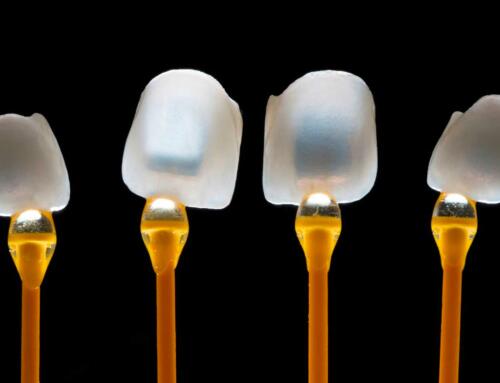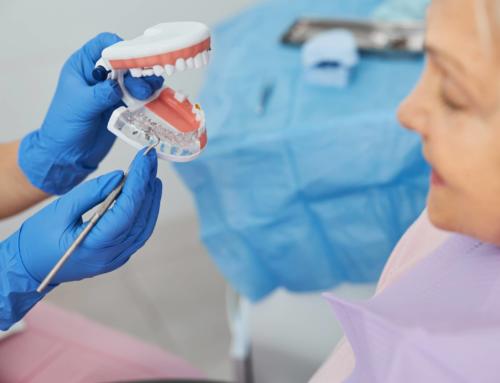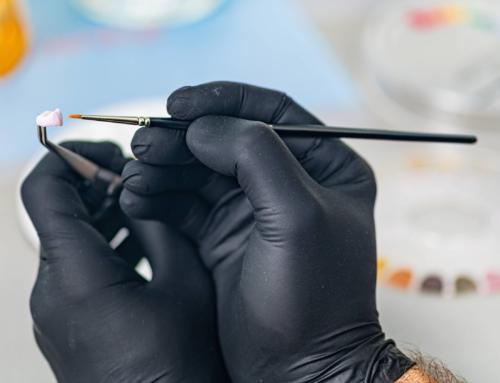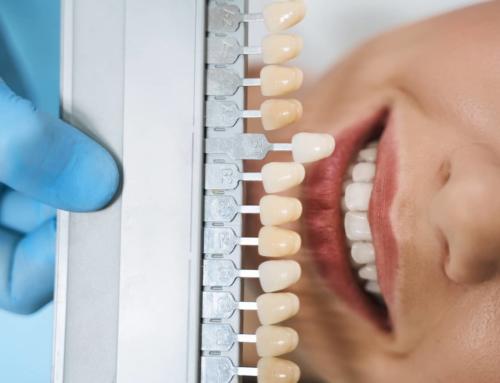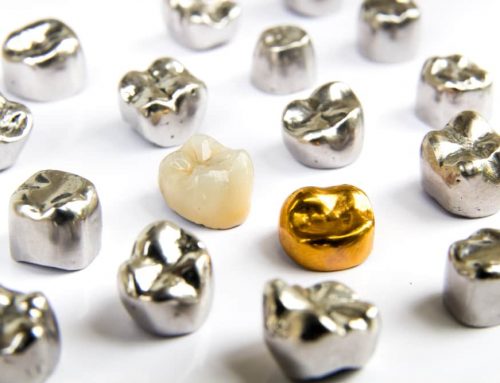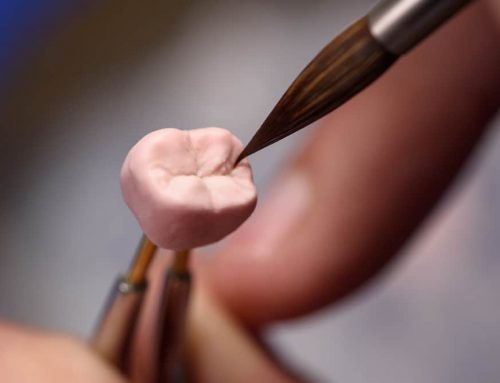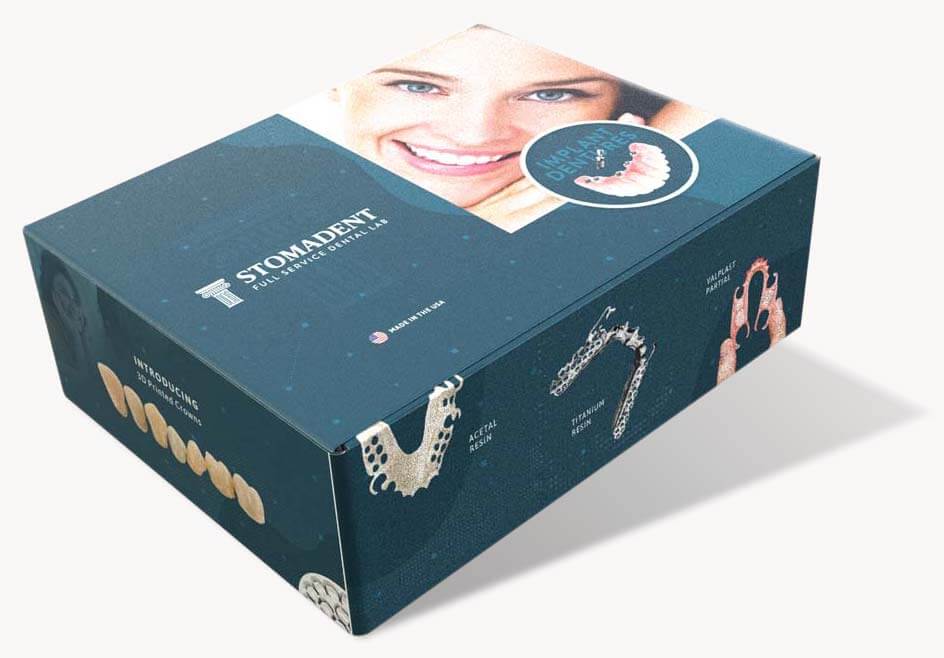When the coronal portion of a tooth is broken down or there is decay below the gum level, the amount of healthy tooth structure is reduced, making it difficult to achieve a successful restorative treatment.
Crown lengthening reduces the gum tissue and the bone level surrounding the tooth. The procedure allows the dentist access to the damaged tooth structure and creates more surface area to anchor the final restoration.
Years ago, when implants were not an option, the decision to crown lengthen was an easy one because it was the only means to restore a badly broken-down tooth. Now that implants are commonplace in general dental practices, is there still a reason to consider crown lengthening?
Factors that Help Determine Whether Crown Lengthening or an Implant Is Right for Your Patient
Crown to Root Ratio
We’ve all seen x-rays where the restorative crown is so large in proportion to the root that you wonder how the root could support it. Chances are, the tooth has mobility.
For successful treatment, the dentist must consider what the crown-to-root ratio will be after crown lengthening is performed. Root structure supported by sound bone greater than the mass of the completed restoration is a favorable indication for crown lengthening, which is the less-aggressive treatment choice. However, if the ratio is 1:1 or less, an extraction with implant placement will usually yield a much more predictable, long-lasting solution.
Esthetics and Maintenance of Gum Tissue After Crown Lengthening
Single-tooth treatment decisions should always be made in the context of the overall treatment goals for the patient. Decisions regarding the viability of individual teeth make more sense when considering the big picture.
For patients who already suffer from an altered passive eruption, otherwise known as a “gummy smile”, crown lengthening is a good choice. It can improve the patient’s appearance while also providing access to restore the affected tooth. Contrarily, when a patient has a history of periodontal bone loss, crown lengthening may result in root surface or bifurcation exposure, making daily hygiene more difficult and increasing the risk for further periodontal breakdown – a recipe for treatment failure.
History of Prior Dental Treatment
If the tooth has been restored extensively, has had root canal therapy, or has extensive decay, we know that the tooth is probably structurally compromised. Therefore, the long-term prognosis of the tooth is also compromised, no matter what type of treatment the dentist performs. There comes the point where you are repairing previous repairs rather than repairing actual tooth structure. In this case, an extraction with implant placement may be the better option for the patient.
A Cost versus Benefit Analysis
Let’s face it. Like it or not, everything comes down to cost. The dentist must assess how badly the crown of the tooth is broken down.
If the tooth has not had a lot of restorative dentistry and there appears to be a significant amount of healthy tooth structure remaining that crown lengthening alone will allow access to restore the tooth, functional crown lengthening is an excellent option. But if additional treatments such as endodontics, orthodontic extrusion, or large post and core build-ups are necessary at a considerable cost, you must ask yourself if saving the tooth is worth it.
Do the math. The patient is going to. Each additional procedure increases both the cost and the possibility of treatment failure in the future.
Crown Lengthening versus Implant Placement: Isn’t the Choice Obvious?
Why not remove the tooth and place an implant? It sounds simple. However, no treatment is without risk. And implants do fail for a variety of reasons.
Crown lengthening versus an implant are two different approaches to replace a broken-down tooth. The decision comes down to which approach is going to yield the best long-term result, be the least aggressive, and which is better for the overall health of the patient.
As with all treatment decisions, the most important thing to remember is that the patient should be provided with options. Along with options, the risks and benefits of each option need to be clear so that the patient can make an educated and informed decision.
Restoration with a Crown
Whether you choose crown lengthening versus a dental implant, Stomadent Dental Laboratory is available to assist with the restorative phase of treatment. Using the latest methods and impression-free techniques, you can scan the restorative preparation at chairside. We will design and fabricate the final crown using CAD/CAM technology to precise specifications for a perfect fit.
We offer various options, including porcelain-fused-to-metal and full metal crowns or esthetically-pleasing eMax and Zirconia crowns to serve your every restorative need. See our full line of single-tooth restorations at www.stomadentlab.com.

